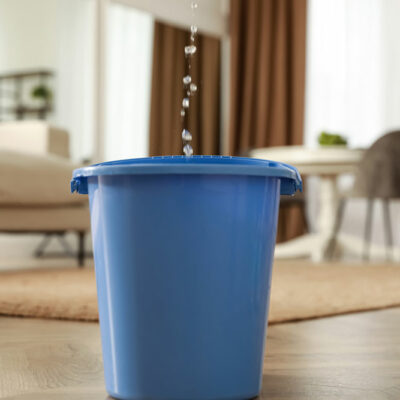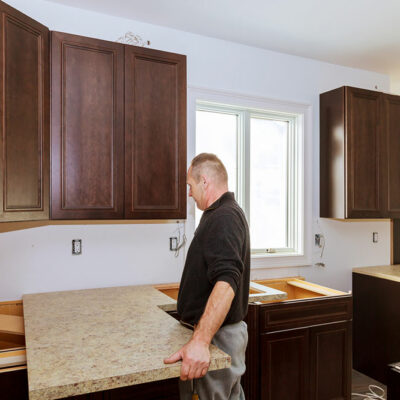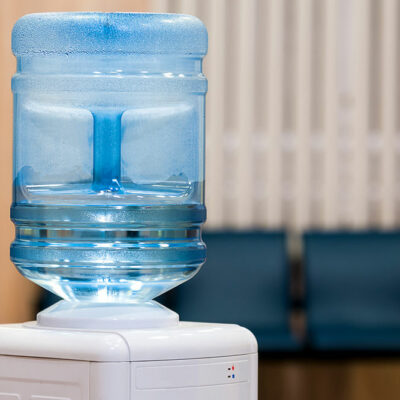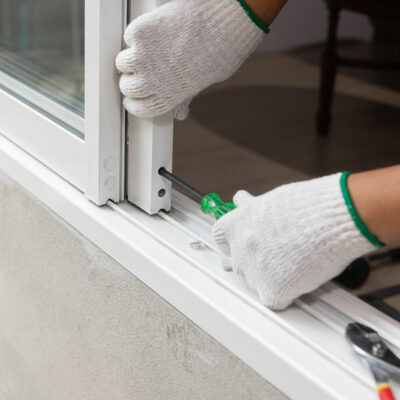
Guide to moving – Top 10 tips for a smooth move
Moving homes can be an overwhelming task, especially for a family when there are so many belongings that need to be moved around safely. There are several things to check before this process, and there are some ways that can make this procedure a little less stressful. One should ensure hiring a trusted company for a seamless customer experience. On that note, here are some tips that can help with a smooth moving experience: 1. Make lists and label belongings Lists are a big part of the moving process. This involves creating an inventory of things that have been put into boxes and also determining which boxes must be placed in which room. This can make placing them in the new place much more accessible. An inventory will also help in knowing if all the boxes have safely arrived at the new location, and if anything is missing, it can easily be pointed out. Labeling helps understand which boxes contain what items. One can also assign specific color-coded labels to boxes that belong to the same category; for example, books can be inside boxes with blue sticky notes. 2. Plan early Since packing and moving is an enormous task, it is usually recommended to start planning for it as early as possible.
Read Article 









